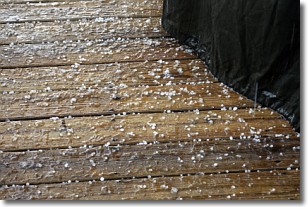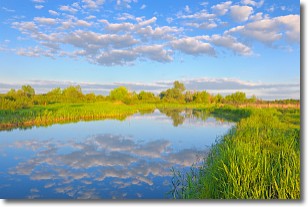Weather Alert in New Mexico
Dust Advisory issued June 15 at 3:18PM CDT until June 15 at 4:45PM CDT by NWS Midland/Odessa TX
AREAS AFFECTED: Eddy, NM; Lea, NM; Andrews, TX; Crane, TX; Ector, TX; Gaines, TX; Loving, TX; Reeves, TX; Ward, TX; Winkler, TX
DESCRIPTION: The National Weather Service in Midland has issued a * Dust Advisory for... Northeastern Eddy County in southeastern New Mexico... Lea County in southeastern New Mexico... Western Ector County in western Texas... Western Andrews County in western Texas... Central Reeves County in southwestern Texas... Ward County in western Texas... Western Gaines County in western Texas... Winkler County in western Texas... Northern Crane County in western Texas... Loving County in western Texas... * Until 445 PM CDT/345 PM MDT/. * At 317 PM CDT/217 PM MDT/, a wall of dust was along a line extending from 12 miles west of McDonald to 13 miles northwest of Goldsmith to 13 miles south of Midland International Air and Space Port, moving west at 55 mph. HAZARD...Less than one mile visibility with strong wind in excess of 50 mph. SOURCE...Doppler radar. IMPACT...Hazardous travel. * This includes Interstate 20 between mile markers 37 and 104. Locations impacted include... Hobbs, Lovington, Pecos, Monahans, Kermit, Eunice, Jal, Wink, Mentone, Thorntonville, Barstow, Pyote, Monument, Humble City, Maljamar, Eunice Airport, Jal Airport, Nadine, Wickett, and Toyah Lake.
INSTRUCTION: Blowing dust brings reduced visibility, leading to dangerous driving conditions. If driving, avoid blowing dust if possible. If caught in dense blowing dust, pull off the road, turn off your lights and keep your foot off the brake. Motorists should not drive into an area of blowing dust. PULL ASIDE STAY ALIVE!
Want more detail? Get the Complete 7 Day and Night Detailed Forecast!
Current U.S. National Radar--Current
The Current National Weather Radar is shown below with a UTC Time (subtract 5 hours from UTC to get Eastern Time).

National Weather Forecast--Current
The Current National Weather Forecast and National Weather Map are shown below.

National Weather Forecast for Tomorrow
Tomorrow National Weather Forecast and Tomorrow National Weather Map are show below.

North America Water Vapor (Moisture)
This map shows recent moisture content over North America. Bright and colored areas show high moisture (ie, clouds); brown indicates very little moisture present; black indicates no moisture.

Weather Topic: What is Sleet?
Home - Education - Precipitation - Sleet
 Next Topic: Snow
Next Topic: Snow
Sleet is a form of precipitation in which small ice pellets are the primary
components. These ice pellets are smaller and more translucent than hailstones,
and harder than graupel. Sleet is caused by specific atmospheric conditions and
therefore typically doesn't last for extended periods of time.
The condition which leads to sleet formation requires a warmer body of air to be
wedged in between two sub-freezing bodies of air. When snow falls through a warmer
layer of air it melts, and as it falls through the next sub-freezing body of air
it freezes again, forming ice pellets known as sleet. In some cases, water
droplets don't have time to freeze before reaching the surface and the result is
freezing rain.
Next Topic: Snow
Weather Topic: What are Stratocumulus Clouds?
Home - Education - Cloud Types - Stratocumulus Clouds
 Next Topic: Stratus Clouds
Next Topic: Stratus Clouds
Stratocumulus clouds are similar to altocumulus clouds in their
fluffy appearance, but have a slightly darker shade due to their additional mass.
A good way to distinguish the two cloud types is to hold your hand out and measure
the size of an individual cloud; if it is the size of your thumb it is generally
an altocumulus cloud, if it is the size of your hand it is generally a
stratocumulus cloud.
It is uncommon for stratocumulus clouds to produce precipitation, but if they do
it is usually a light rain or snow.
Next Topic: Stratus Clouds
Current conditions powered by WeatherAPI.com




